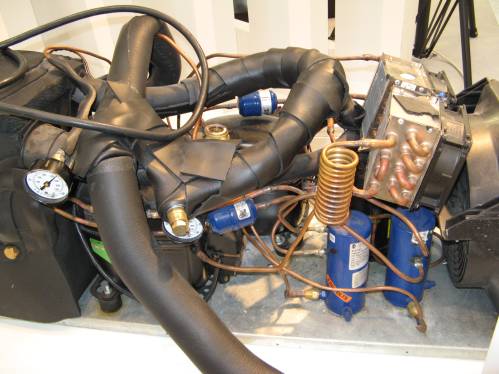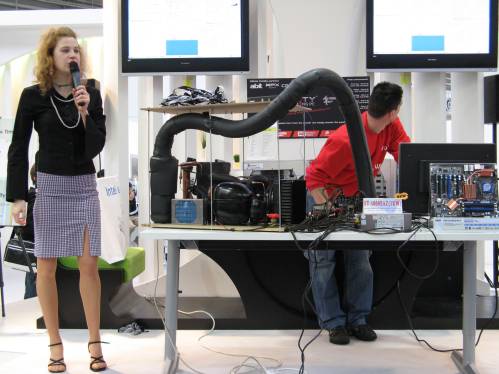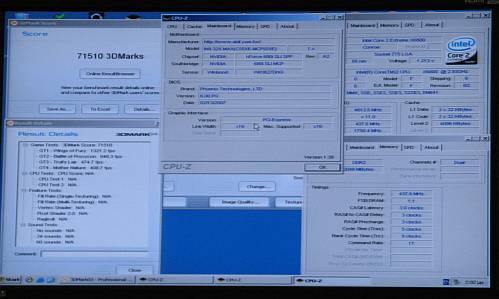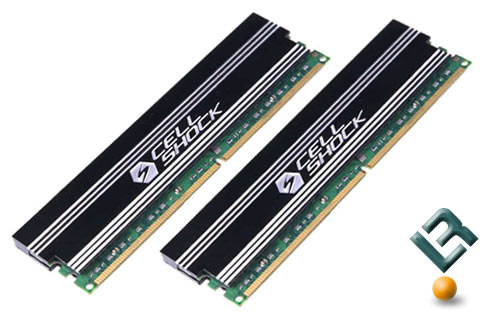 This is good news. SiS has been a long standing player in the chipset arena and they aren't new to Intel hardware. They have been releasing really affordable chipsets, they have graphics, lan, and I believe even, audio solutions. They are known in the "affordable" line of products. Check it out...
This is good news. SiS has been a long standing player in the chipset arena and they aren't new to Intel hardware. They have been releasing really affordable chipsets, they have graphics, lan, and I believe even, audio solutions. They are known in the "affordable" line of products. Check it out...SiS Announces Chipset License Agreement on Intel® Core™2 Quad FSB 1333MHz
Taipei, March 28, 2007---Silicon Integrated Systems (SiS), a leading supplier of core logic chipsets, today announced that it has signed a long-term licensing contract with Intel for the manufacture and sale of chipsets for the Intel® Core™2 Quad processor with 1333MHz front side bus.
SiS ' latest chipset license agreement with Intel demonstrates our working relationship and mutual cooperation.
"SiS will be offering the next generation products to support high-speed FSB 1333MHz for the Intel® Core™2 Quad processors," said Daniel Chen, the CEO and President of SiS, "These new chipsets will strengthen SiS product portfolios with another high-end option for consumers seeking extreme performance and innovative design."
Source:SiS Announces Chipset License Agreement on Intel® Core™2 Quad FSB 1333MHz













































